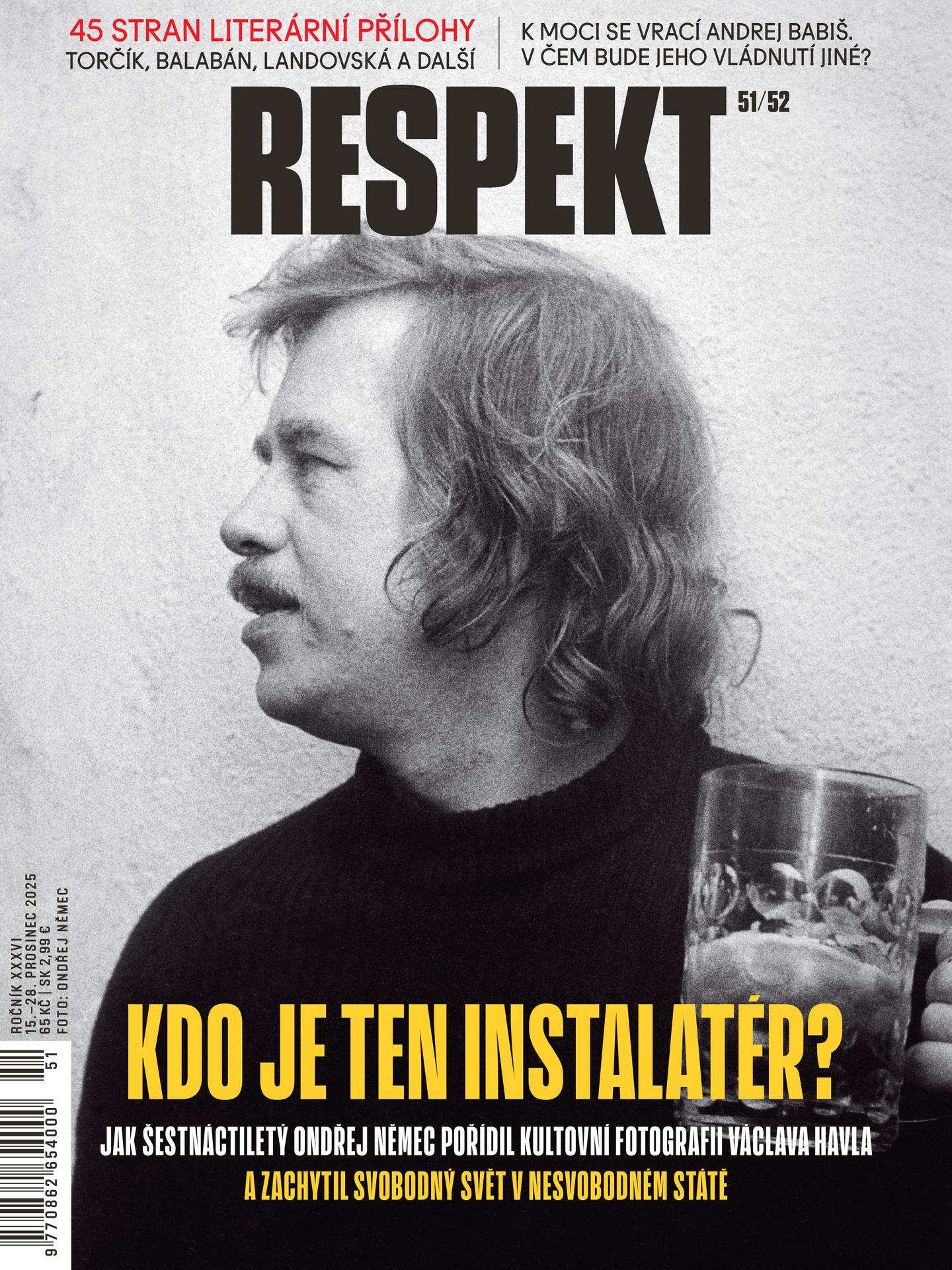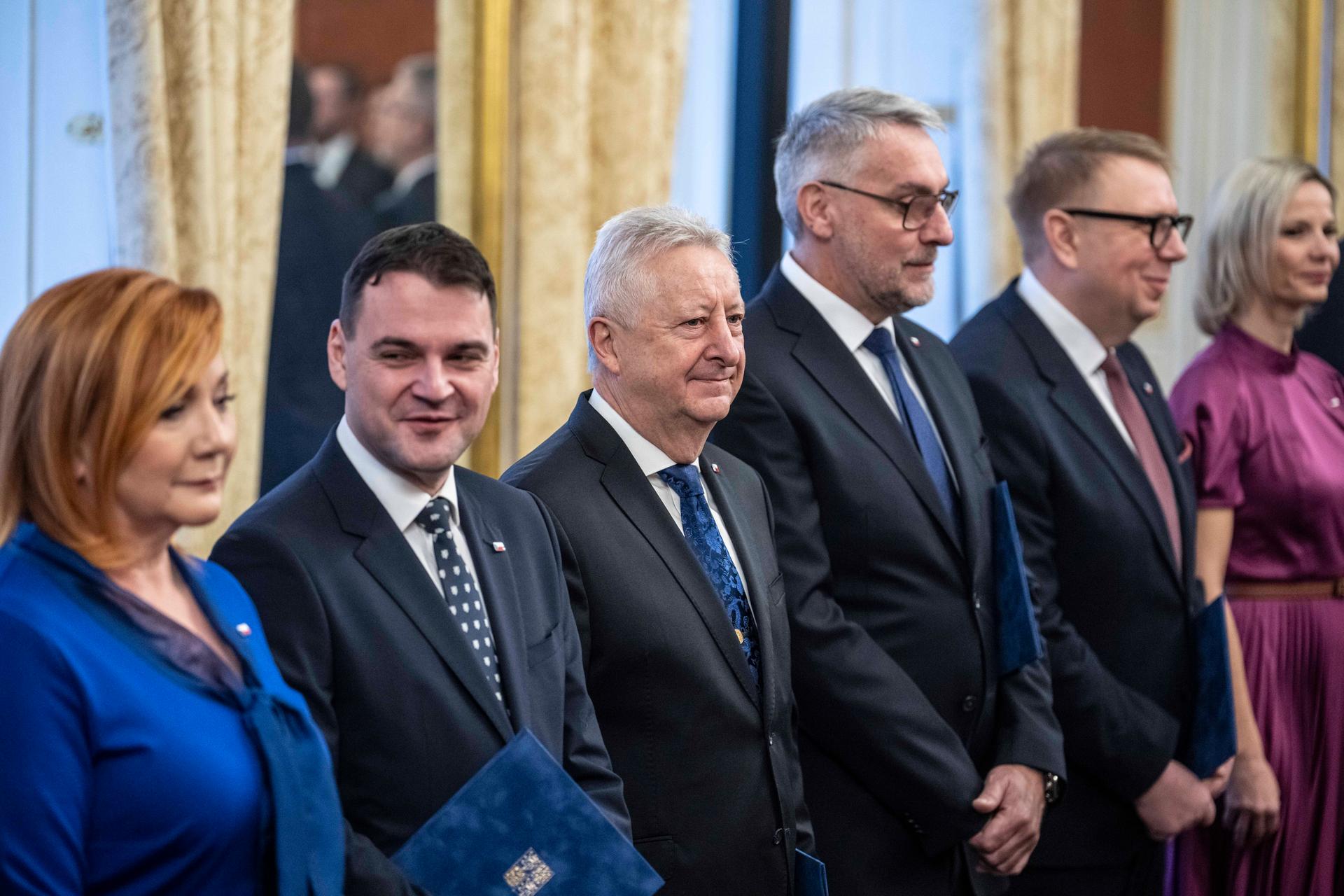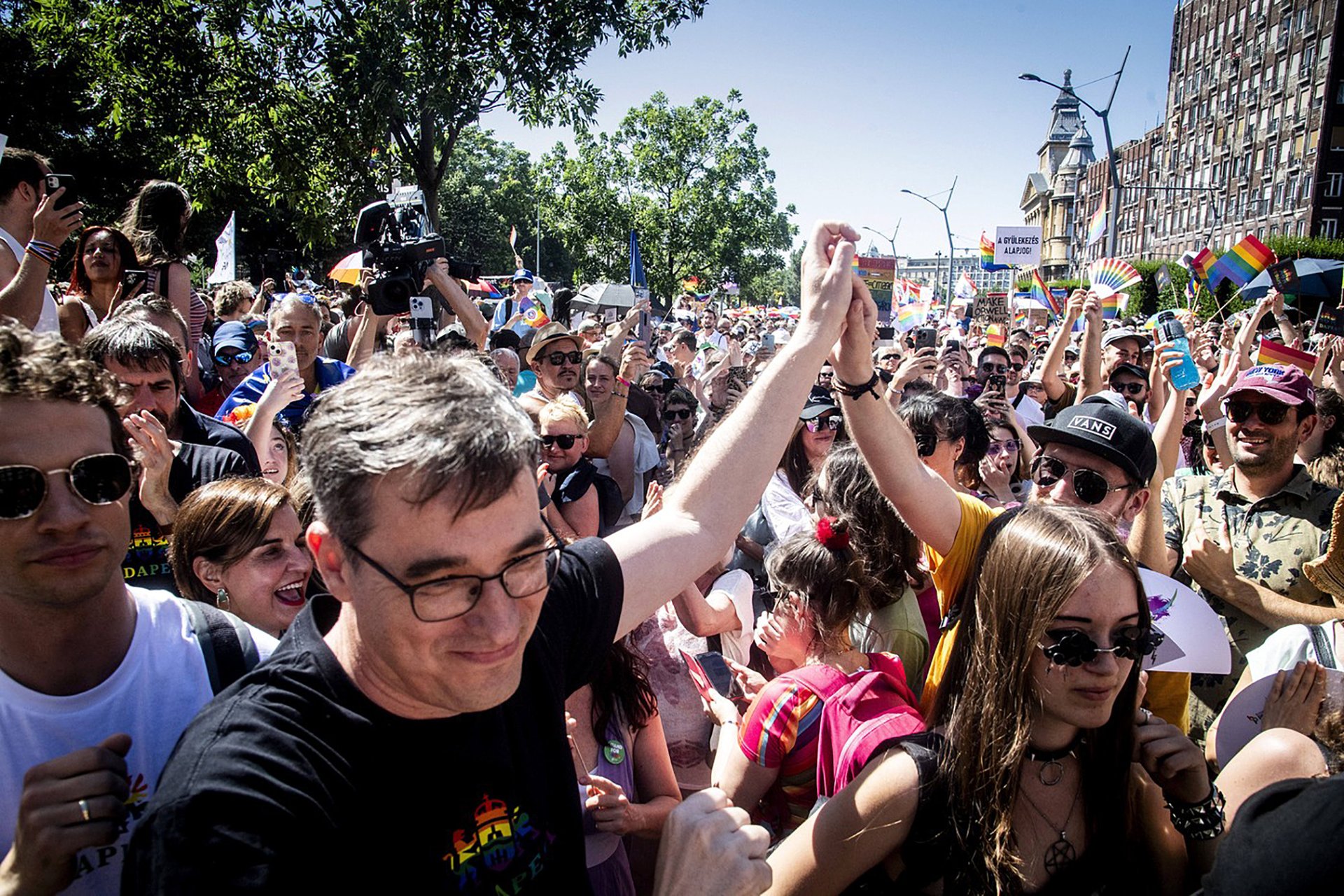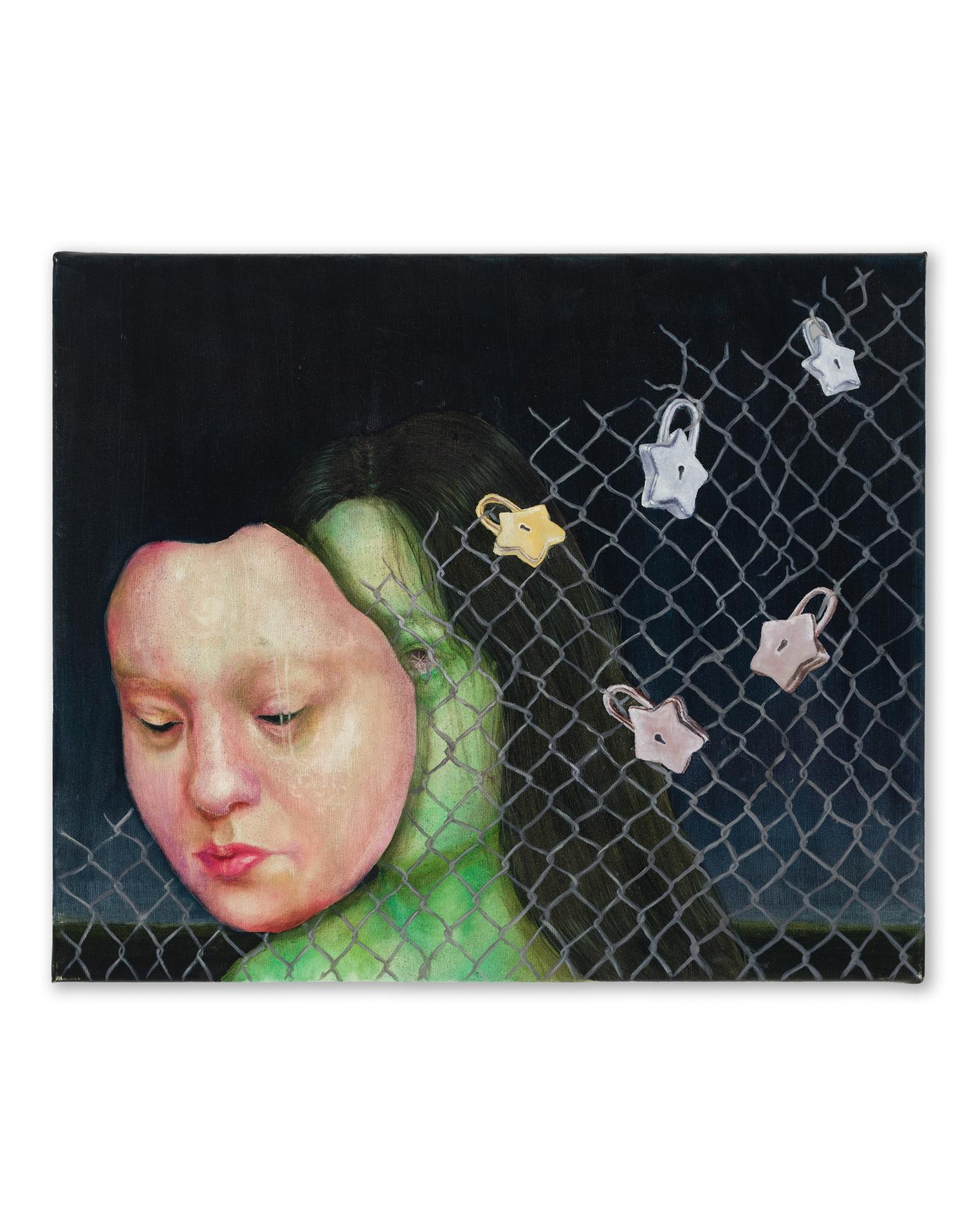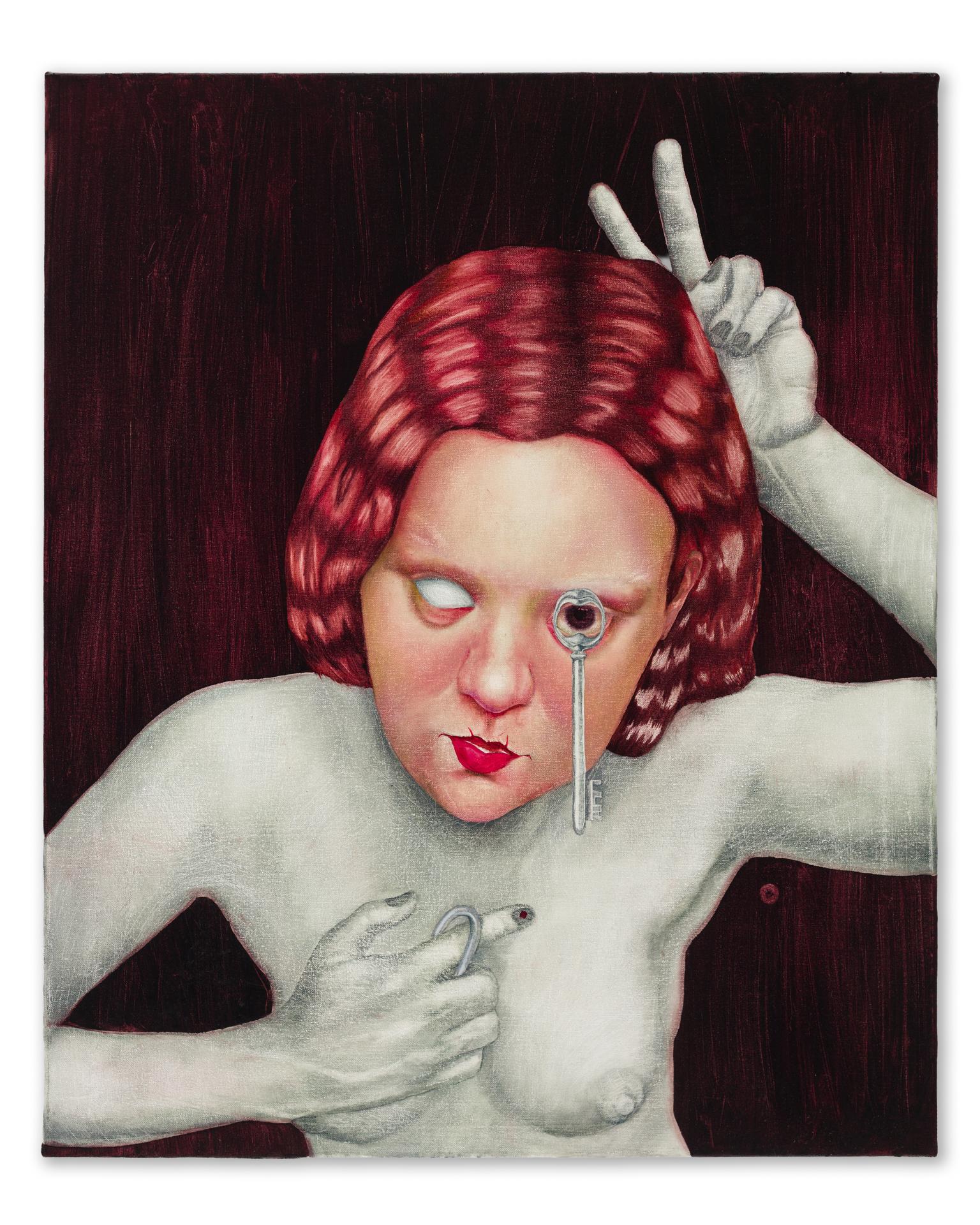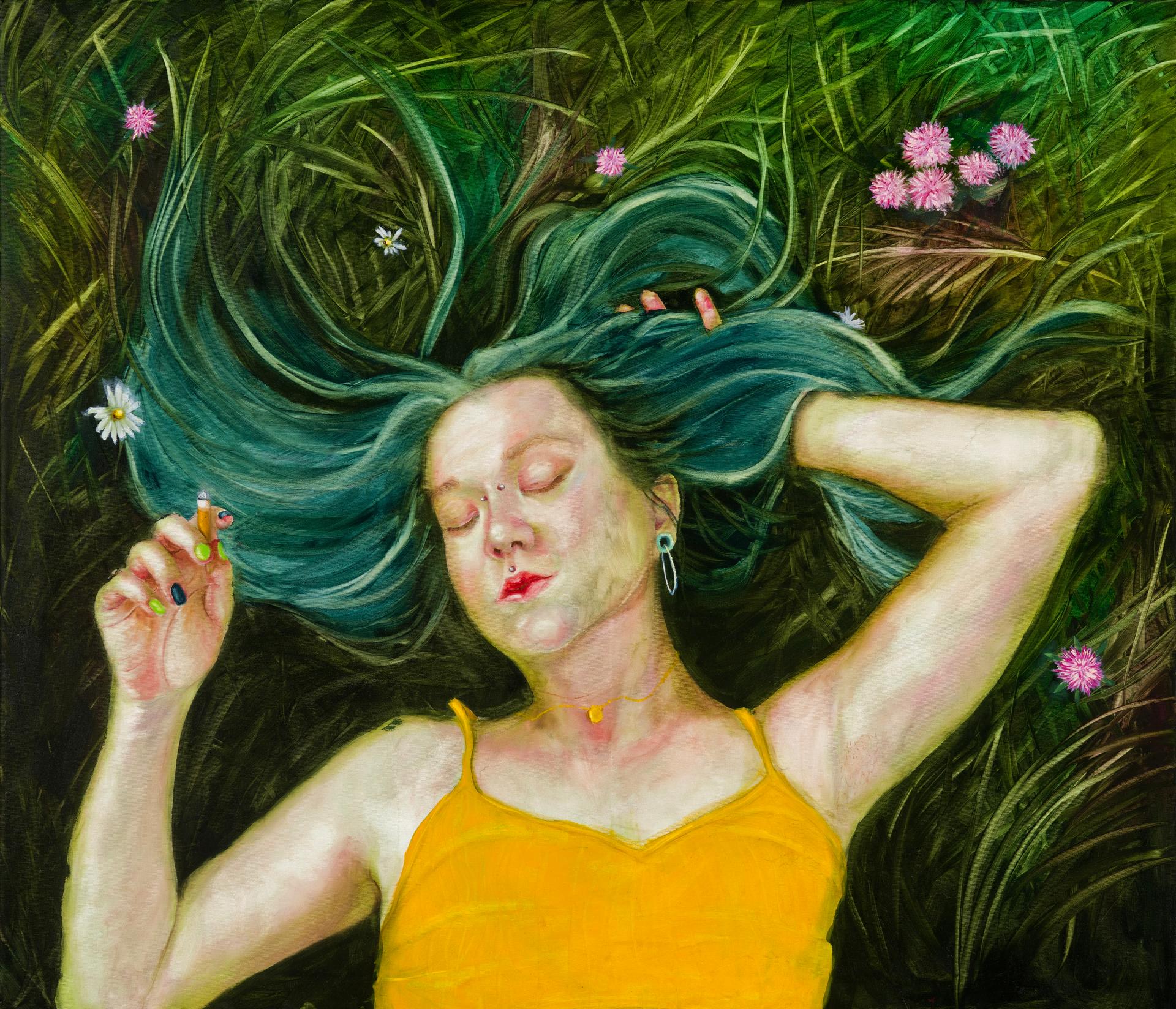The Prague Trial
Where the touristy kitsch named Franz Kafka disappeared to

Translated by Lani Seelinger
Gaunt marionettes with popped-out eyes, mugs, absinthe or vodka glasses. Even a few years ago, souvenirs bearing the name of Franz Kafka cried out from all the shop windows in Prague’s center. Today, however, it’s as though Prague’s most world-renowned author has flattened into the ground during a walk through Old Town.
Shopkeepers agree that this tourist symbol simply doesn’t have the traction anymore. And Kafka, who this week would have celebrated his 130th birthday, has received an excellent present. Masses of tourists don’t respond to his likeness or his empty legend anymore. Now, once more, trails to the second most-translated writer in history pose themselves primarily for those who have a real interest in him.


Who will be Mozart?
In a smurf-blue house on the Golden Lane, tourists briskly take their turns. They take pictures of each other with the sign stating “Here lived Franz Kafka” and curiously peek into the tiny room inside. Hungarians, Australians, Albanians – everyone knows Kafka from school. “We haven’t read anything by him, though. He’s definitely not a symbol of Prague for me, that’s [football player Tomáš] Rosický,” says Attila, a football player from Hungary.
40 year-old Luka from Italy, on the other hand, has read almost everything. “My parents had him in their library, I read The Castle when I was 14, and back then I didn’t understand him at all. A few years later, though, a radical left-wing paper gave The Trial out as a free supplement, so I gave Kafka a second chance and became absolutely addicted to him,” says the tanned man. “It fascinates me how he goes into the depths of human thought and exposes uncomfortable questions.”
Those who would like to add to their knowledge have a choice of many of Kafka’s books in a bookstore located in a house on the Golden Lane that once belonged to Franz Kafka’s sister. They can also buy souvenirs there, notebooks, pencils, or a calendar with his portrait – all in subtle styles and colors. But five years ago, they would have found sketchy exhibits of Kafka’s portraits that stylized him into a strange ghost, and similarly, the whole Royal Way would have been lined with racks of Kafka souvenirs.
When tourism in the Czech Republic really started to pick up in the 1990s, Prague was looking for its own Mozart (like in Vienna), Picasso (like in Barcelona), or “Berlin Bear.” An icon, simply, that would become an intelligible and easily marketable symbol. The choice fell infallibly right onto Kafka. “Publishing his work in Czechoslovakia was banned for decades by the Communists, so an aura of the forbidden fruit surrounded him. Plus, he didn’t write anywhere else, so he was fundamentally connected to Prague,” said Veronika Tuckerová, who lectures on Kafka at Czech and American universities.
“He achieved the mark of a ‘chic’ author, he became a symbol of the living feeling of the 20th century man, the word ‘Kafkaesque’ spread into different languages as a metaphor for the feeling of rootlessness and the alienation of the individual towards the system that he lives in,” added Kateřina Pavlitová, the Director of Marketing for Prague Information Services. The author’s German-Jewish origin and his death at a relatively young age – he died at age forty of tuberculosis – also undoubtedly supported his legend.
Experts in tourism and Kafka, however, agree that the very tourists who started to stream into Prague played the main role. “While Kafka was a practically unknown author for many Czechs after 1989, he was celebrated in America, thanks to the Jewish immigrants who had fled there from Europe during the war and who knew him well,” says Markéta Mališová, the director of the Franz Kafka Society.
“It was the Americans who made up the bulk of the tourists who came to Prague at the beginning of the nineties. Backpackers, young intellectuals, recent graduates from school, who all knew Kafka well,” adds Pavlitová, who worked for ten years in New York promoting the Czech Republic. The Prague of the 1990s also differed a lot from today’s metropolis. Whoever had read up on Kafka had to see him on every corner, on gloomy streets without colorful paint or shops for tourists.
The Americans started to ask after him, which the entrepreneurs caught hold of, and measure by measure, they started to make souvenirs for them. With the growth in the number of tourists, however, it started to become necessary to draw in even those who only knew Kafka’s name – and the contents of his work didn’t matter to them. This led to still more shortcuts and vulgarities.
“Kafka was recast as a legend of a dark Prague specter. All of the mugs and shirts characterized him in various ways, plus a museum for him and his books were still missing, so the kitsch stood out more against it,” says Mališová. They brought out Franz Kafka marionettes and vodka to the embarrassment even of many of the foreign visitors. “Kafka, who during life was so reserved, was suddenly omnipresent – his clichéd portrait could be found on t-shirts, I saw a tin bust of him,” writes Jewish-American writer Steve Stern about 1990s Prague in the epilogue of his book Zelik Rifkin and the Tree of Dreams. “I felt like the city wanted to parody everything that I had venerated.”
More than a figurine
Meanwhile, the Franz Kafka Society published his complete works, the Kafka Museum was established on Kampa Island, and many more businesses bear his name. Kitschy Kafka souvenirs in the center of Prague, however, have been supplanted by themes of the Charles Bridge and Krteček; not even in the boutiques in the house where he was born, on the corner of Maiselová and Kaprová streets, do tourists find hardly anything connected to Kafka. Next to the floods of Swarovski earrings and models of the astrological clock hang just two shirts with the words “Franz Kafka.”
“They just don’t sell anymore. Now it’s mostly Russians and Asians coming here, and they don’t care about Kafka,” explains a sales clerk. Not that it would be bizarre if the use of the Kafka name completely disappeared from tourism. At KAFKA Snob Food not far from Paris Street, guests can try many risottos and pastas, but only two bear the Kafka name – gluten-free pasta and risotto with bacon. Why only the bacon delicacy is supplied with the name of a sworn vegetarian of Jewish origin, no one in the coffeehouse knows. “The boss thought of it – I have no idea why it’s called that,” explains the waitress, along with how she would rather keep the boss’ number to herself.
Tourist marketers explain the decline of the ‘Franz Kafka brand’ by the transformation of the tourists coming to Prague. “Today, a varied mix comes here from all over the world, and they aren’t only intellectuals. Kafka doesn’t say anything to lots of them,” explains Kateřina Pavlitová.
Prague itself even went through a transformation. Kafka’s world breathes considerably less through the brightly painted houses and narrow streets full of international brands. And the majority of Kafkaphiles who come to Prague now are much happier to buy his books, stop into the museum on Kampa, or peruse the replica of Kafka’s library that the Franz Kafka Society made available at the writers’ center than to buy mugs with his emaciated face on them.
So, through his own methods, Kafka has received a first-class gift on the 130th anniversary of his birth. “He stopped being an empty figurine, a ghost, connected to the mythical dark alleyways of prewar Prague,” adds Pavlitová. “Now the people who mainly come to Prague looking for him are actually interested in him.”
Text Pražský proces vyšel v Respektu č. 27
Pokud jste v článku našli chybu, napište nám prosím na [email protected].

